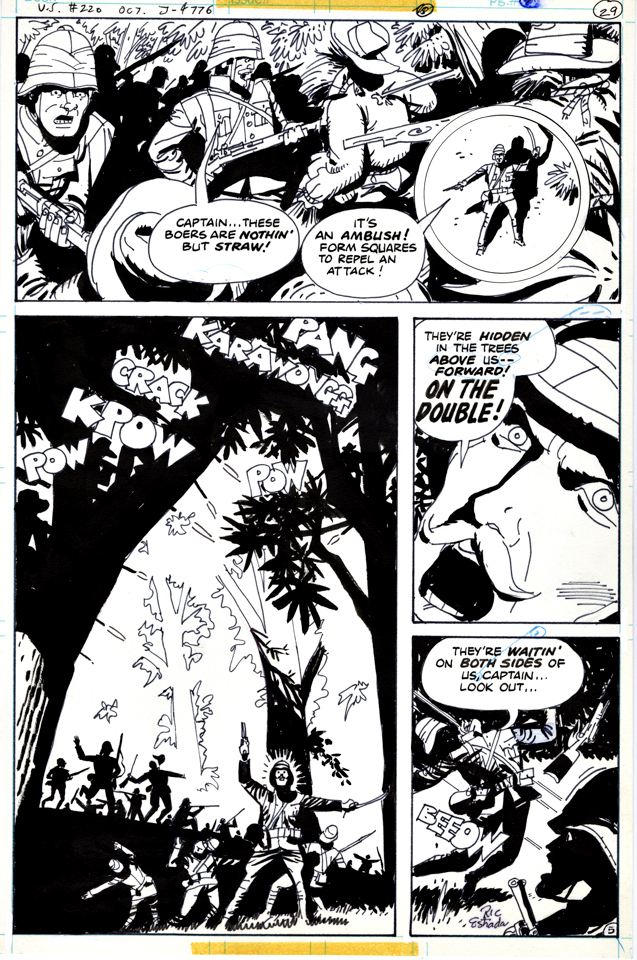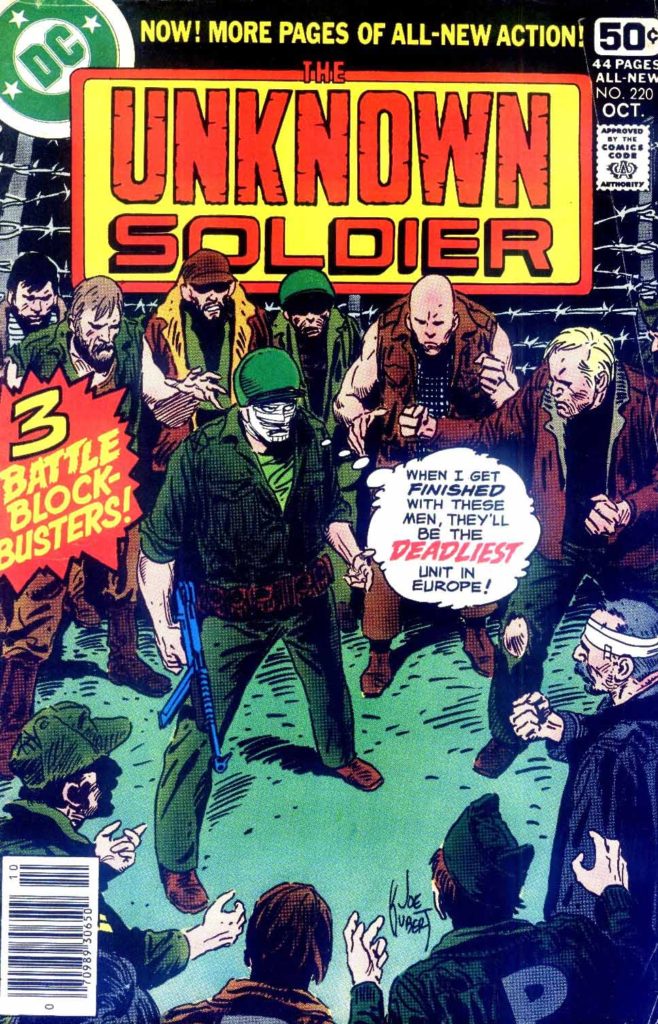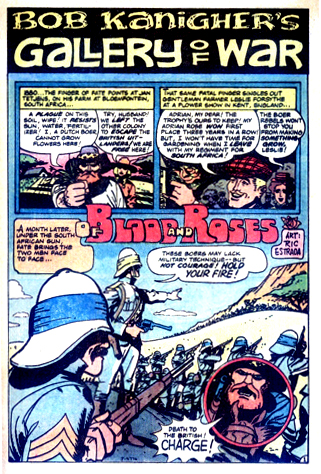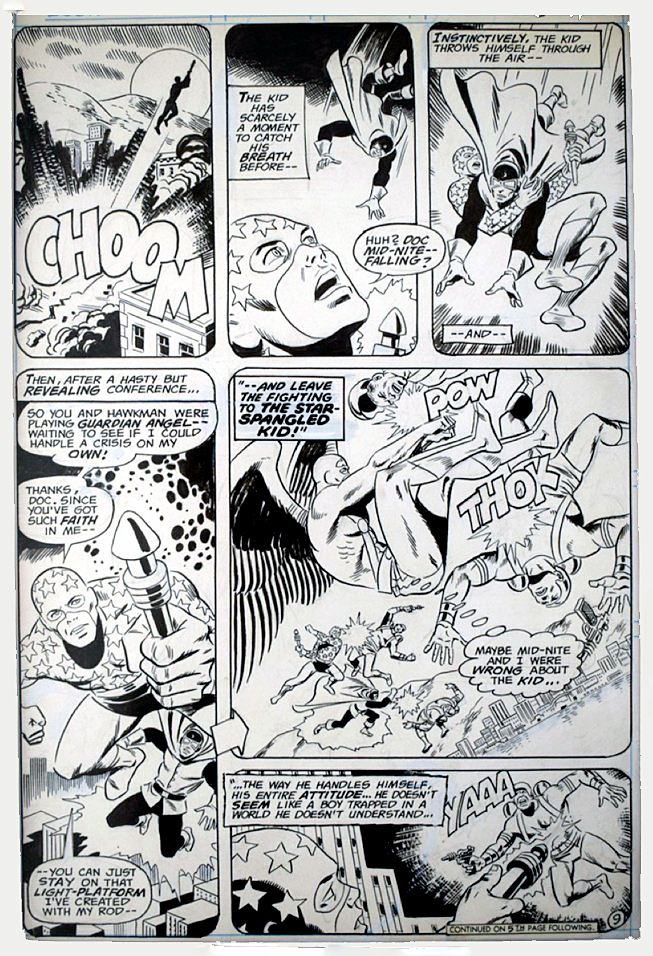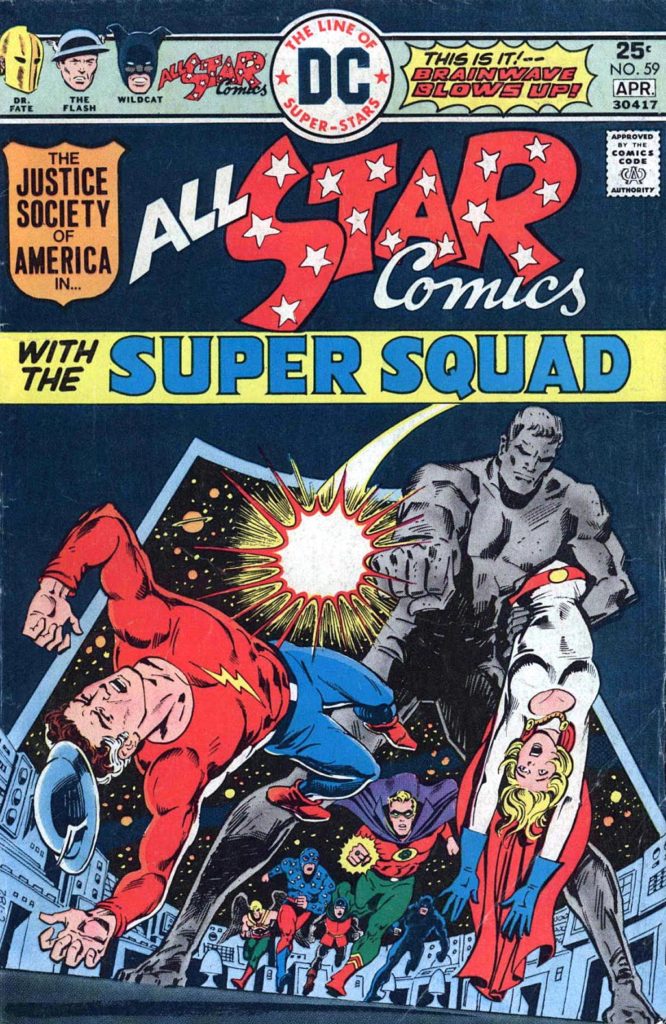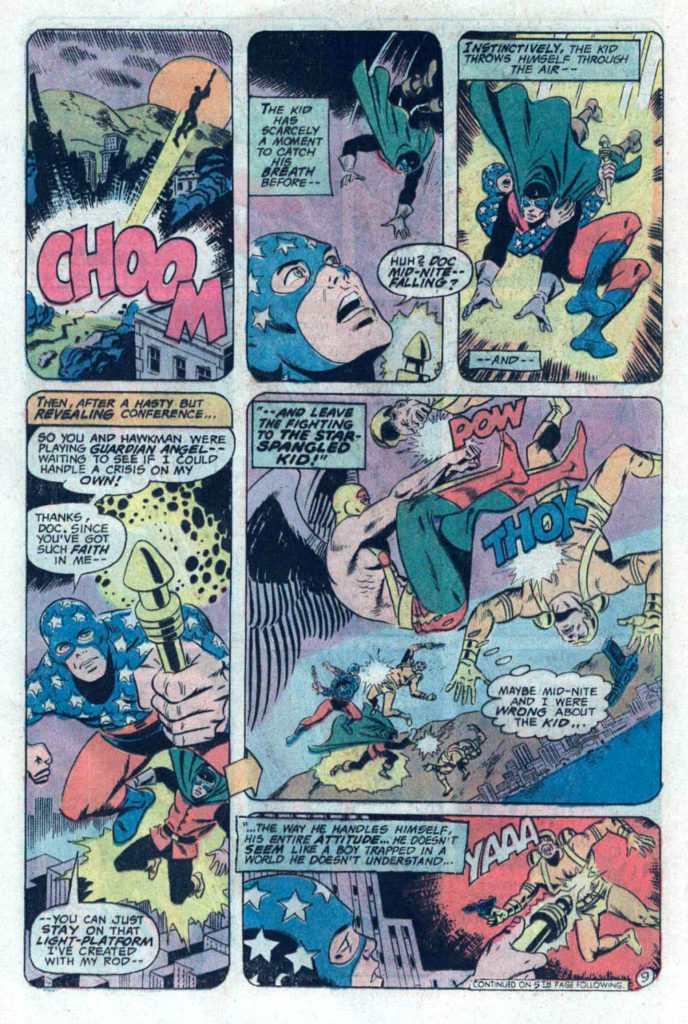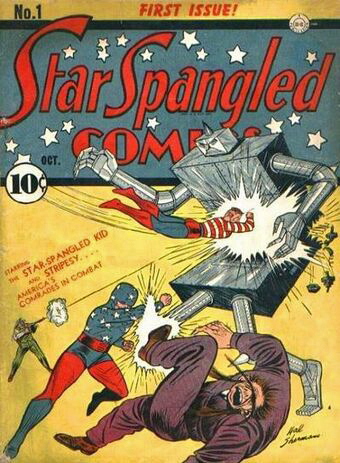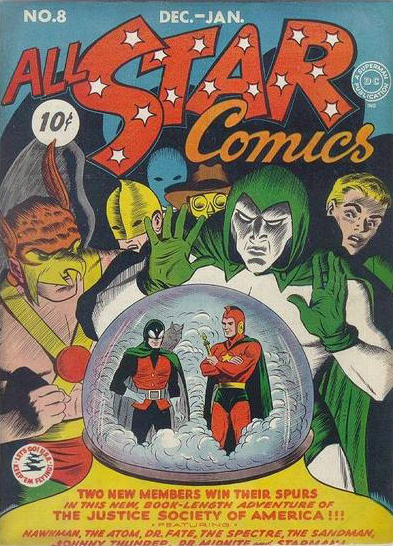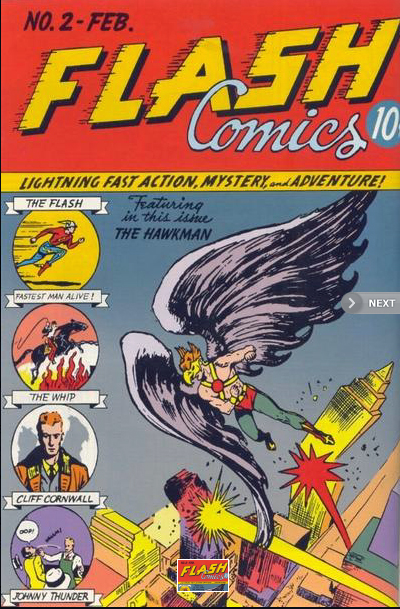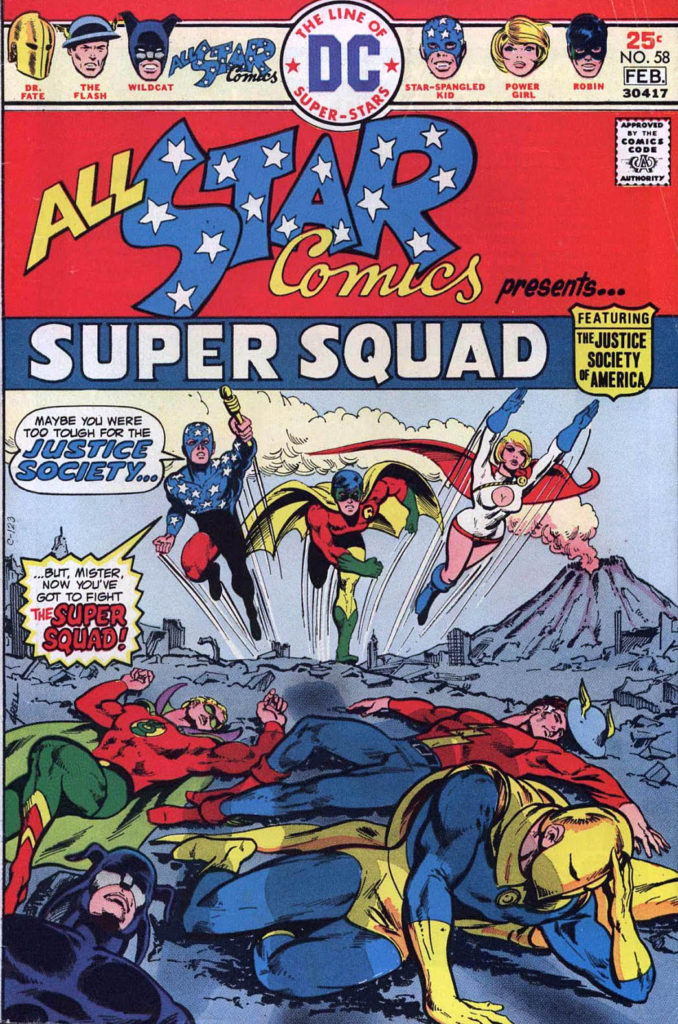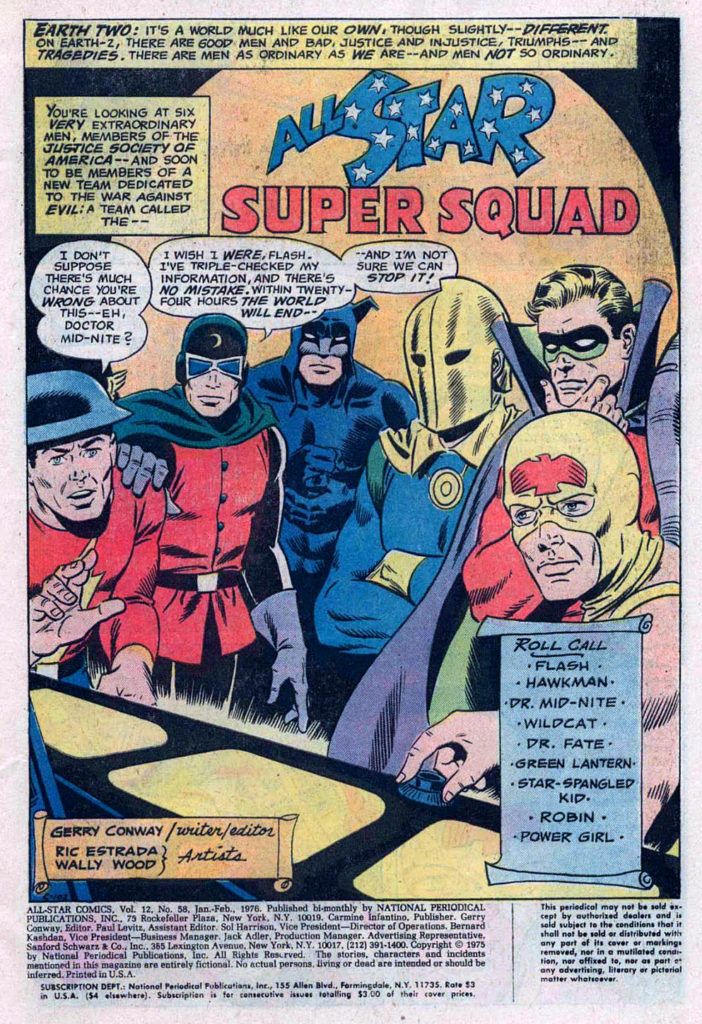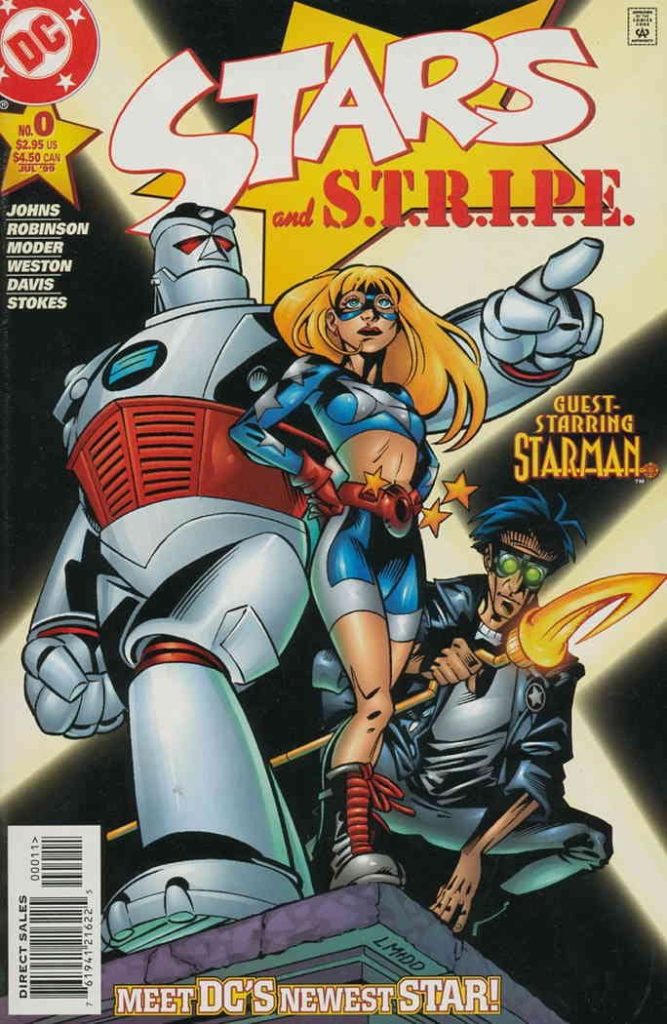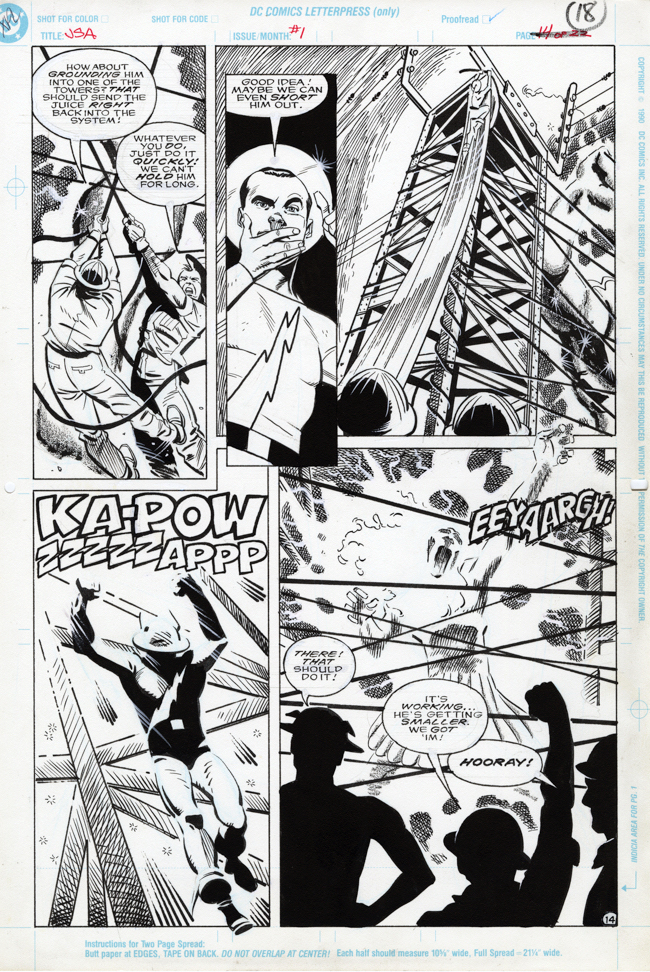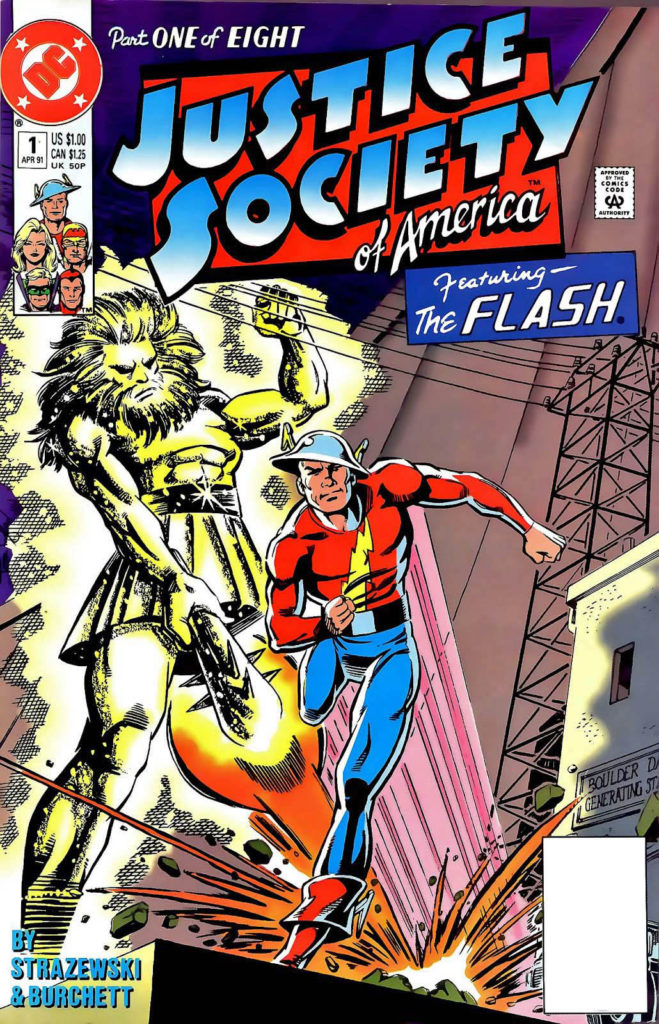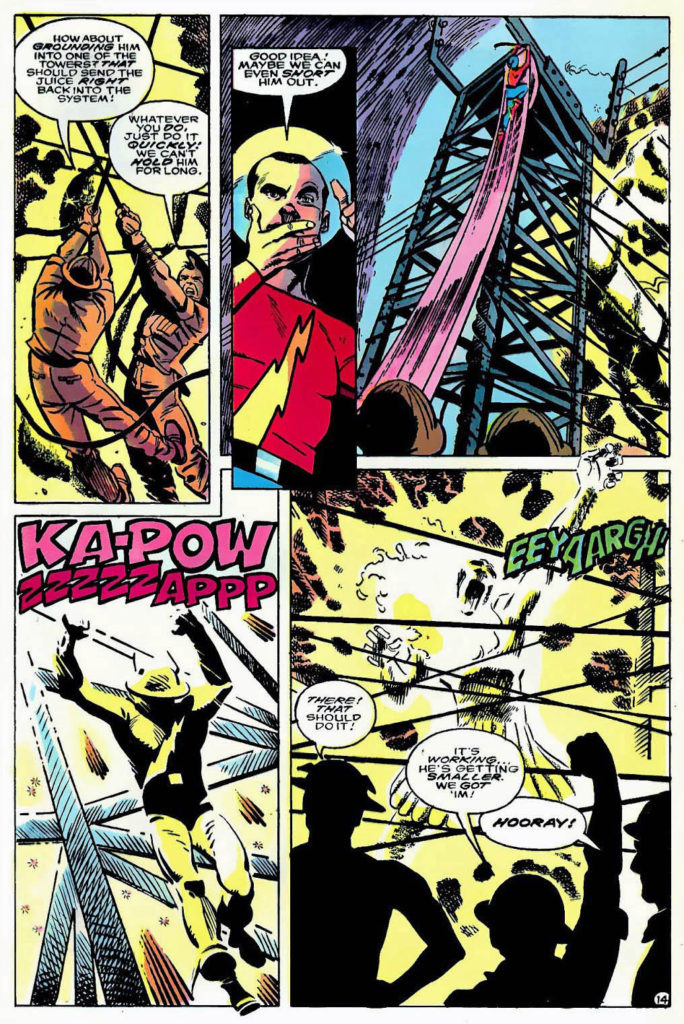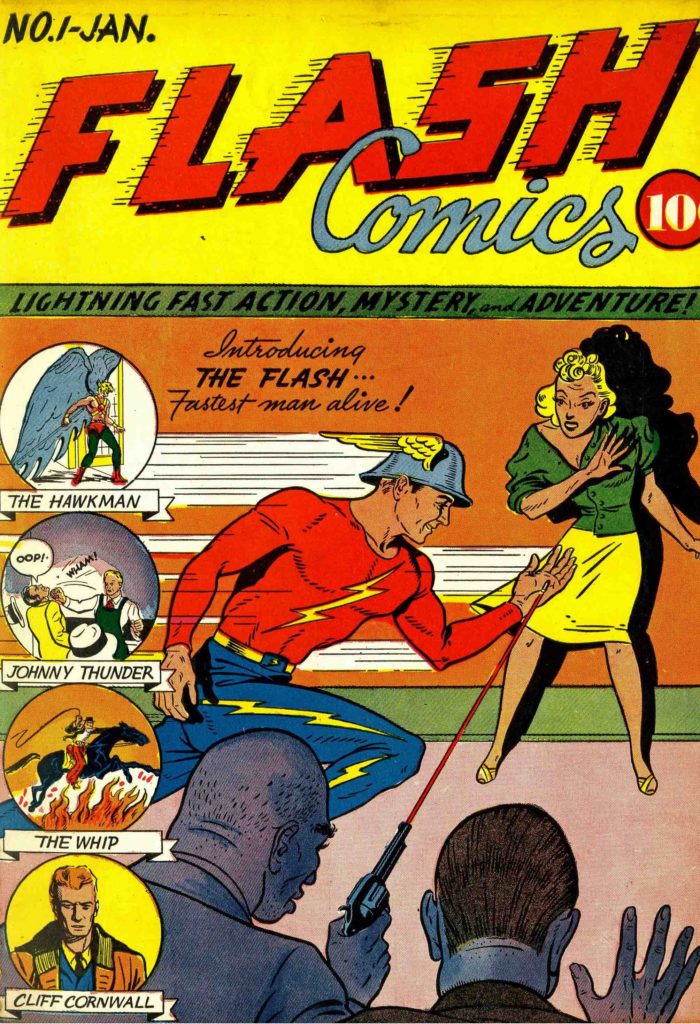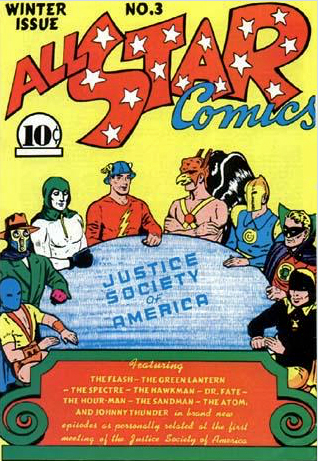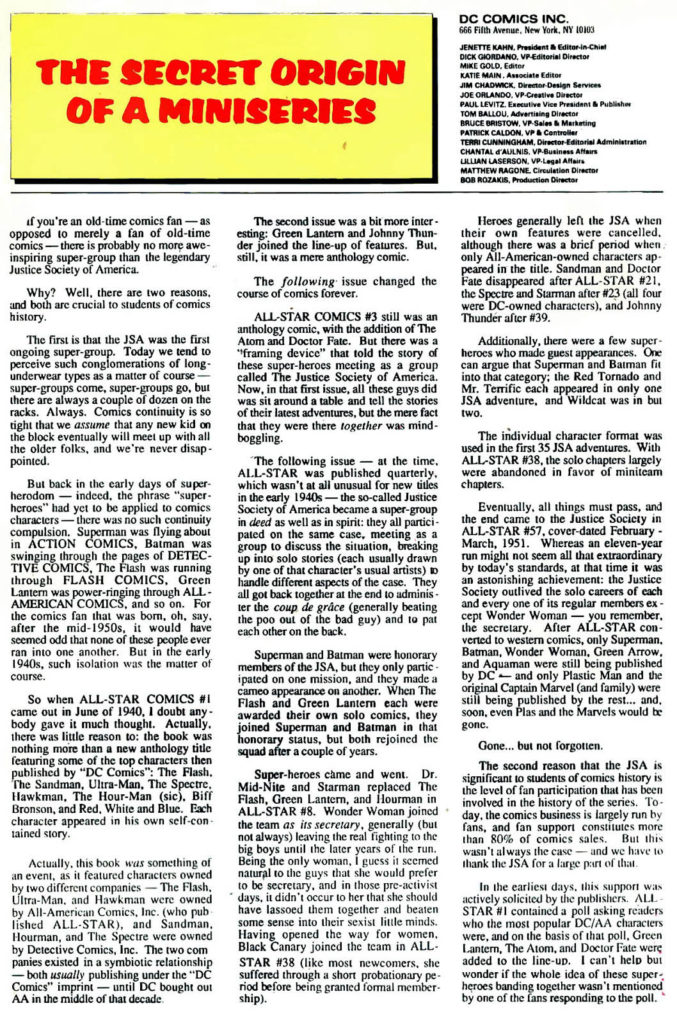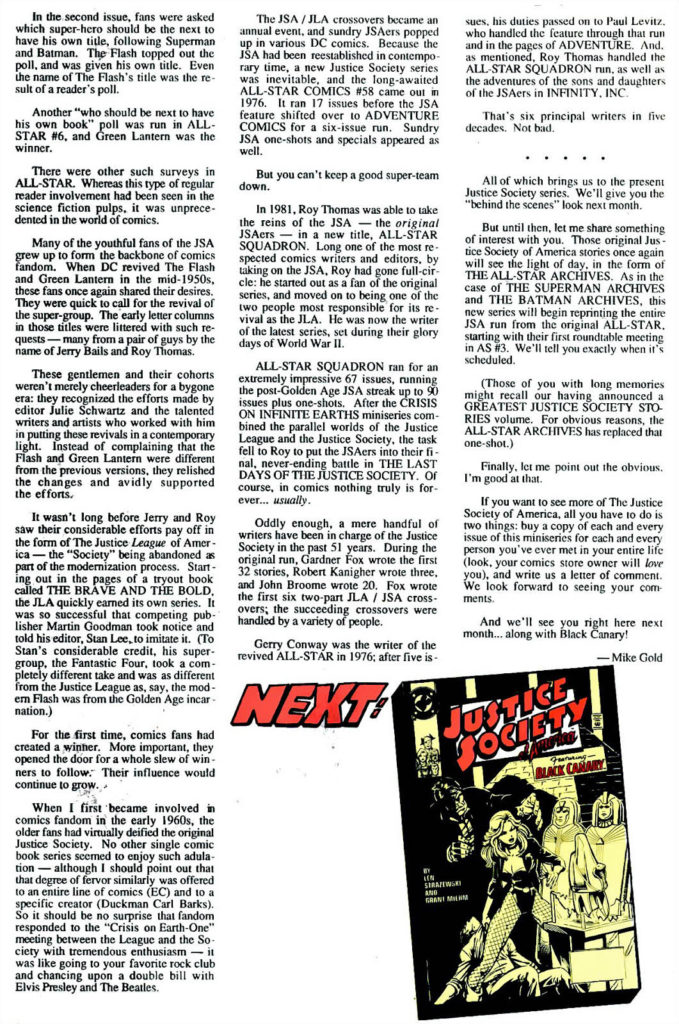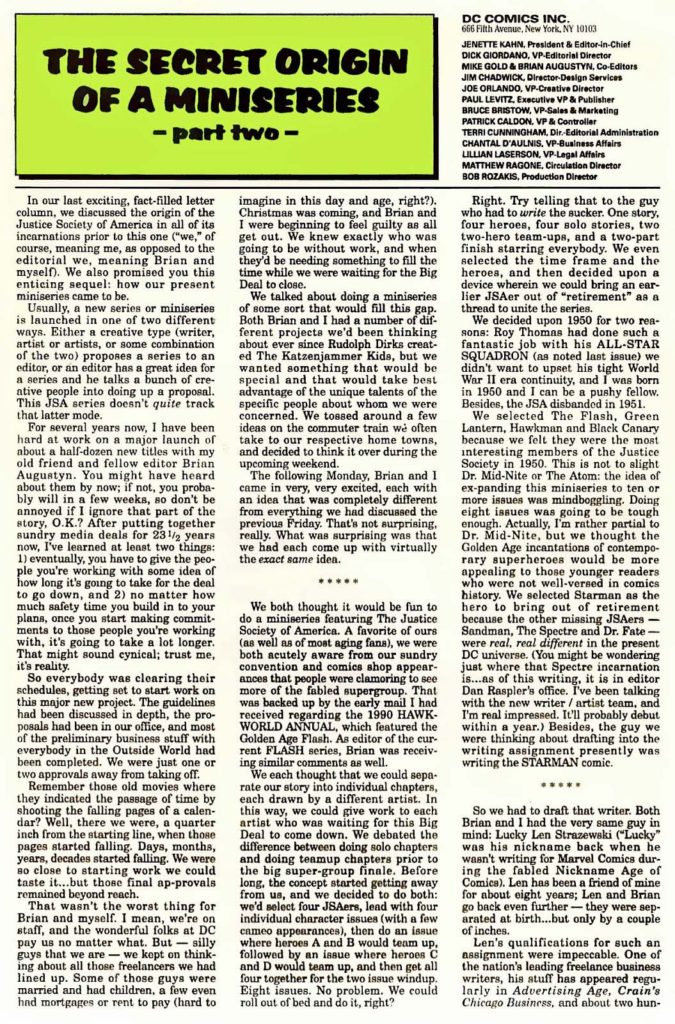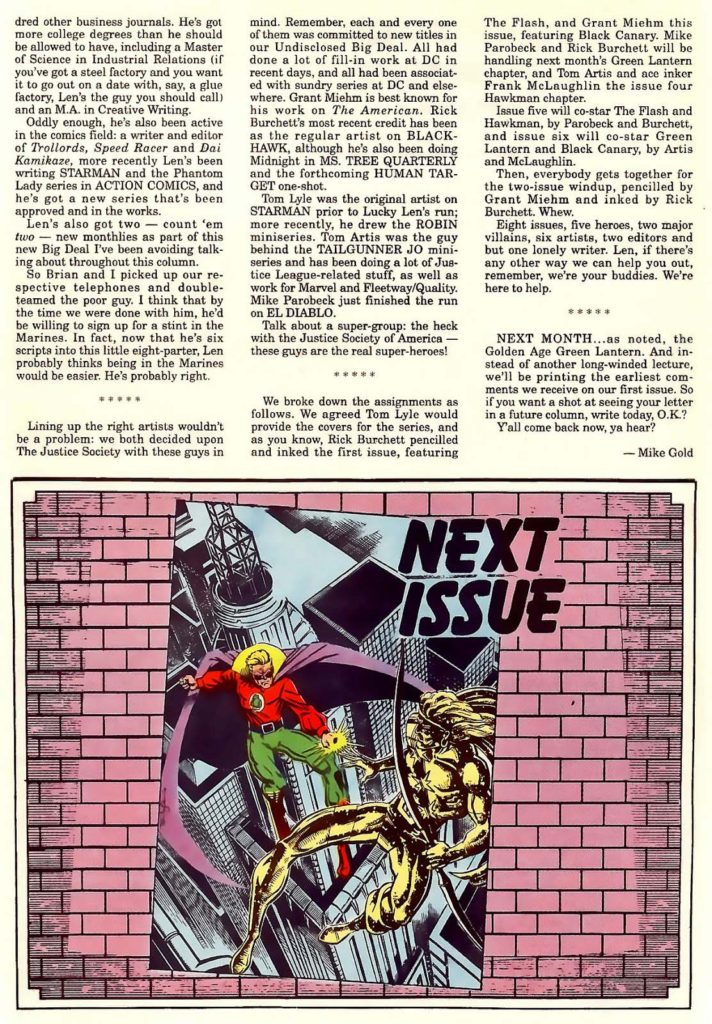Ric Estrada — Of Blood And Roses
Unknown Soldier #220, October 1978
Ric Estrada channels legendary artist Alex Toth in this short story about the Boer War.
Estrada had previously worked with, and channeled Toth on a short-lived Hot Wheels series from DC in 1970. In fact, his style was so similar, that an original page from one of those stories was misidentified as Toth at least twice.
So no surprise that this story also feels like a “Toth.” The lettering (un-credited) definitely adds to the style.
Estrada, of course, was a talent in his own right (and under-appreciated by many) and an excellent storyteller. He didn’t enjoy drawing super hero stories, and that may have impacted his “brand.”
When he did draw capes and tights, his storytelling was typically creative and dynamic. His layouts are a terrific fit with Wood Inks on All-Star Squadron. His layout choices appear more inventive and less stiff than Woody’s.
What? Heresy you say? Read those AS issues again and compare pages — Wood’s layouts vs. Estrada’s.
I’ll wait.
(Author’s note — Wood is one of the all time greats, and one of my absolute personal favorites. In this specific case, I’m just calling it the way I see it.)

